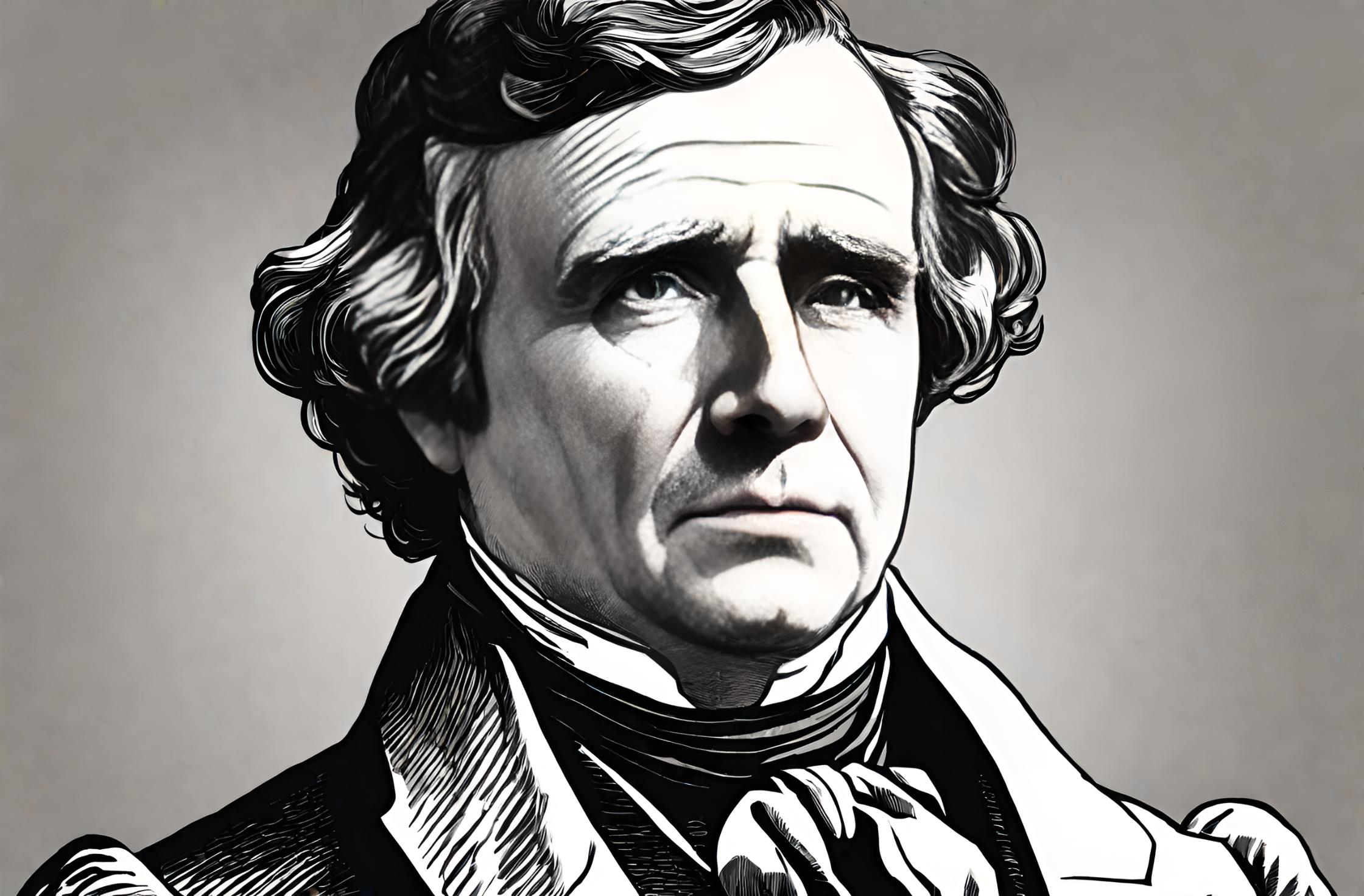Flashback to July 14
American History

1942
The United States government begins compulsory civilian gasoline rationing due to the wartime demands.
Read moreThe United States government begins compulsory civilian gasoline rationing due to the wartime demands, on July 22, 1942, marked a significant turning point in American history. With the country fully engaged in World War II, the need to mobilize resources for the war effort became paramount. Gasoline, being a vital commodity for military operations, was subjected to rationing to ensure that enough fuel could be allocated to the armed forces. This article will explore the reasons behind the government’s decision, the implementation of gasoline rationing, and the impact it had on the American population.
The outbreak of World War II in 1939 brought about an increased demand for resources, as countries invested heavily in military defense. The United States, although initially neutral, began to ramp up its production capacity to aid its allies, primarily the United Kingdom. As the war progressed, the need for fuel became more apparent, as it was essential for naval vessels, aircraft, and ground vehicles.
With the attack on Pearl Harbor in December 1941, the United States officially entered the war. The country experienced a rapid transformation as factories were repurposed to produce war materials, and the civilian workforce was mobilized to support the war effort. However, the sudden expansion of production placed a strain on available resources, including gasoline.
Gasoline rationing was deemed necessary to ensure that enough fuel was allocated to the military. By limiting the amount of gasoline available for civilian use, the government aimed to conserve resources and redirect them towards the war front. The Office of Price Administration (OPA) was tasked with overseeing the rationing program.
The implementation of gasoline rationing began on July 22, 1942, with each individual receiving a gasoline coupon book. Each coupon entitled the holder to a certain amount of gasoline, depending on their specific needs. The rationing program was based on a system of classifications, with different allocations for essential workers, government officials, and civilians.
The gasoline rationing program was met with mixed reactions from the American population. While some understood the necessity of conserving resources for the war effort, others viewed it as an inconvenience and an infringement on their personal freedom. The rationing program did, however, encourage the conservation of fuel and the adoption of alternative modes of transportation.
Car pooling became a popular practice during this period, as people sought to make the most efficient use of their allocated gasoline. Public transportation, walking, and cycling also saw a resurgence in popularity as individuals looked for alternatives to using their cars. These changes in behavior not only helped conserve fuel but also had positive effects on public health and the environment.
Additionally, as part of the rationing program, new cars were not available for purchase during the war. Car manufacturers were directed to prioritize military production, leaving civilians with limited options. This led to an increase in the demand for used cars, as well as a thriving black market for gasoline coupons.
Gasoline rationing continued until the end of the war in 1945. As victory was achieved, restrictions on fuel began to ease, and the American economy transitioned back to peacetime production. The experience of implementing gasoline rationing during World War II contributed to the development of future government policies, particularly in times of crisis or resource scarcity.
the United States government’s decision to implement compulsory civilian gasoline rationing on July 22, 1942, was a direct response to the demands of World War II. The rationing program aimed to conserve fuel for military operations and ensure the efficient allocation of resources. While it initially faced resistance, gasoline rationing ultimately contributed to the war effort and brought about changes in behavior that had lasting impacts on transportation and resource conservation in the United States.
We strive for accuracy. If you see something that doesn't look right, click here to contact us!
Sponsored Content

President Franklin Pierce opens…
On July 14, 1853,…

US Treasury begins removing…
On July 14, 1967,…

Lieutenant Colonel Oliver North…
Lieutenant Colonel Oliver North's…

Tape measure enclosed in…
On July 14, 1868,…

The central region of…
On 7/14/1954, the central…

First American national monument…
"Learn about the historic…

